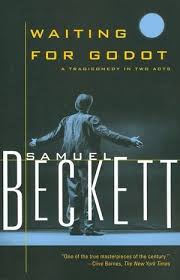Description
Summary of “Waiting for Godot”
Author: Samuel Beckett
Genre: Absurdist play
Publishing date: 1952
Plot Summary:
“Waiting for Godot” is a drama concerning two main characters: Vladimir and Estragon, who wait for some person called Godot. It is set in a barren landscape with a single tree acting as the only landmark in the setting. They hold a long conversation while waiting and come across other characters, like Pozzo-a self-important man-who owns a servant, Lucky-very deprived of his social rights.
Themes:
Absurdity of Existence: Waiting for Godot describes a meaningless life and human condition, and it is even said at one point that maybe waiting itself is pointless.
Time and Memory: There is fluidity of time, and the memories of the characters become unreliable.
Friendship and Isolation: The friendship between Vladimir and Estragon depicts the ambiguous nature of companionship amidst despair.
Hope and Despair: The central idea about waiting for Godot represents hope for salvation or meaning, which is constantly undercut by the reality of their situation.
Structure:
It consists of two acts, each of similar pattern of dialogue and action. Repetitive in nature, this kind of waiting still underscores the cyclical nature of life.
Style:
In Beckett’s minimalist settings and dialogue, he touches and interchanges these with dark humor and existential reflection. His characters’ relations disclose profound philosophical questions that are not furthered by clear answers.
Importance:
“Waiting for Godot” is a masterpiece in the absurdist movement in theatre and contests the established forms of narrative. It contests audience members to think in terms of their own existence and their search for meaning in this seemingly unpredictable world.
The play, therefore is a serious comment on the human condition; through waiting, uncertainty, and absurdity it continues to be an inspired tool of communication across the centuries for whoever watches it.










Reviews
There are no reviews yet.